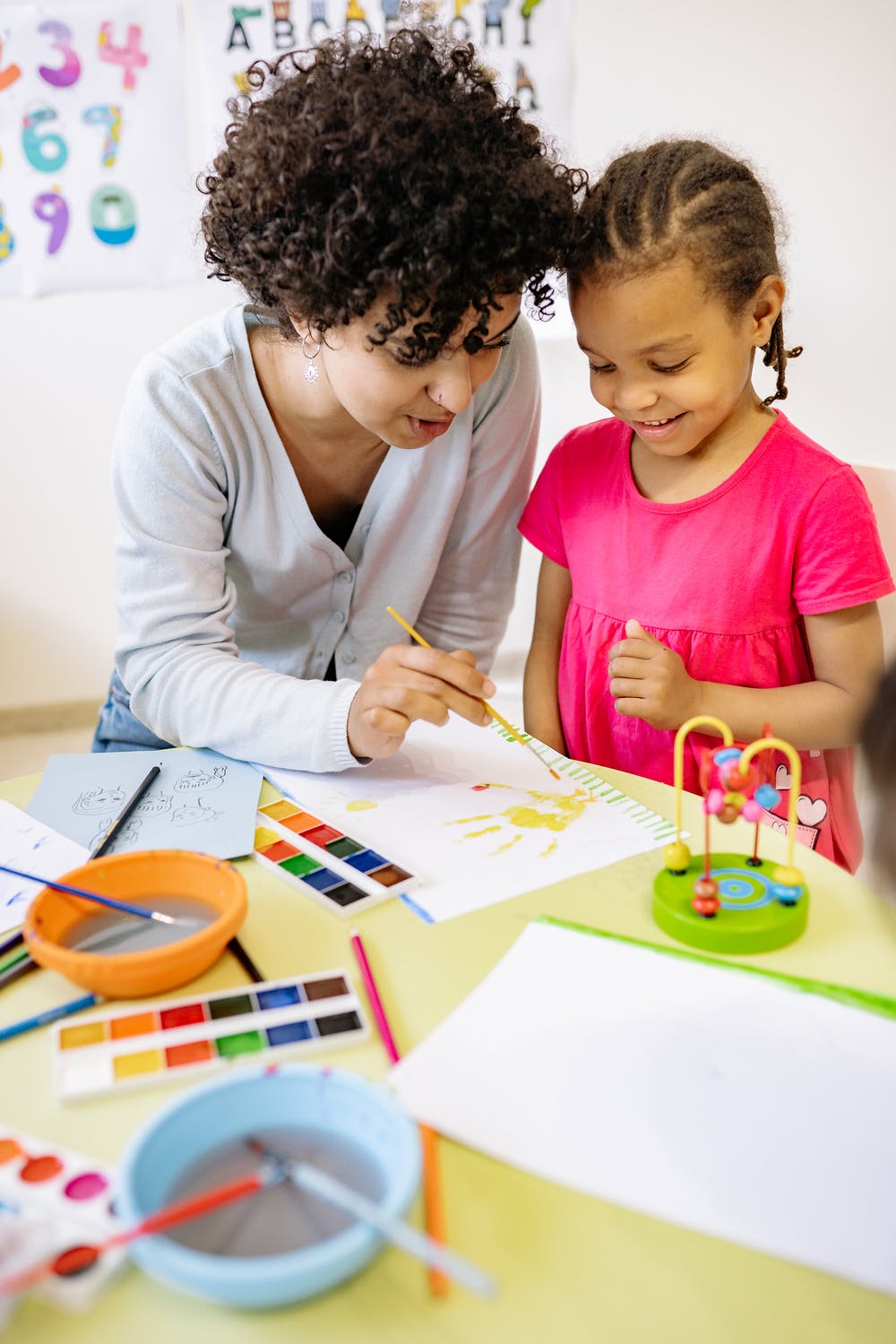Strategies for Differentiating Instruction for Diverse Learners
Strategies for Differentiating Instruction for Diverse Learners
No two children learn the same way—and in today’s #early-childhood #classrooms, #educators are expected to support a broad spectrum of learners with varying backgrounds, abilities, and interests. Differentiating instruction isn’t just a best practice—it’s a necessity to ensure all children feel seen, supported, and successful.
At ChildCareEd.com, we believe that every child deserves a personalized path to learning. In this article, we’ll explore effective strategies for differentiating instruction in early childhood settings and share relevant professional #development courses that can help you apply these strategies with confidence.
🎯 What Is Differentiated Instruction?
Differentiated instruction is an approach that tailors teaching methods, materials, and learning environments to meet the individual needs of each child. It involves adapting the what, how, and why of learning so that every child—regardless of ability, #language, background, or learning style—can engage meaningfully and make progress.
Differentiation can be applied to:
-
Content – What the child is learning
-
Process – How the child learns it
-
Product – How the child shows what they’ve learned
-
Environment – Where and with whom learning takes place
📘 Learn more about adapting your classroom with:
Creating Inclusive Environments for All Children
🌈 Why Differentiation Matters in Early Childhood Education
Young children bring diverse #languages, #cultures, learning needs, and #developmental levels to the classroom. Without thoughtful differentiation:
-
Some children may fall behind due to unmet needs
-
Others may become disengaged or bored
-
Educators may struggle to manage behaviors or deliver appropriate challenges
By using differentiation, educators can foster equity, #engagement, and deeper learning—creating a space where every child thrives.
🧠 Top Strategies for Differentiating Instruction
Here are practical ways to implement differentiated instruction in your early childhood classroom:
Know Your Learners
Differentiation begins with observation and assessment. Pay attention to:
-
Preferred learning styles (visual, auditory, kinesthetic)
-
Language proficiency
-
Cultural background and #home life
-
Strengths and areas needing support
🎓 Build assessment skills with:
Observing and Assessing Young Children
Use Flexible Grouping
Change group compositions often—mix by skill level, interest, or randomly. This keeps children engaged and promotes peer learning and social development.
Examples:
-
Small groups for targeted instruction
-
Partner activities with varied abilities
-
Interest-based learning centers
Offer Choices in Learning Activities
Children are more motivated when they have voice and choice. Allow them to choose:
-
Which activity or material to use
-
Where to sit or work
-
How to #express their understanding (e.g., drawing, storytelling, building)
📚 Explore creativity and engagement with:
Play-Based Learning in Early Childhood
Adapt the Environment
Ensure your classroom includes:
-
Quiet areas for reflection and #sensory breaks
-
Visual schedules and picture cues
-
Materials that reflect different cultures, languages, and abilities
🧩 Make your space more responsive with:
Creating Indoor and Outdoor Learning Spaces
Use Multi-Sensory Teaching Methods
Teach concepts using multiple senses—sight, touch, sound, and movement. This helps children with different learning preferences absorb and retain information.
Examples:
-
Singing to teach routines
-
Tactile letters and numbers
-
Movement games for counting or storytelling
Modify Instructions and Expectations
Use clear, simple language, repeat key points, and give directions both verbally and visually. Adjust expectations based on developmental readiness, not just age.
🗣️ Support all types of learners with:
Effective Communication in the Early Childhood Classroom
Integrate Culturally Responsive Practices
Celebrate diverse cultures, languages, and traditions. Use #books, songs, and activities that reflect the children in your classroom. This promotes inclusion and a sense of belonging.
🌍 Explore diversity in education with:
Cultural Competence in Early Childhood
Partner with Families
Families can offer valuable insights about their child’s learning style, culture, and needs. Work collaboratively to align learning goals at home and school.
👪 Enhance family relationships with:
Positive Communication with Families
🔁 Reflection and Continuous Improvement
Differentiation is an evolving process. Reflect often:
-
Are all children engaged?
-
Do materials reflect a variety of needs and cultures?
-
Are there multiple ways for children to demonstrate understanding?
Ongoing professional development helps educators stay current and confident in meeting the needs of diverse learners.
🎓 Professional Development with ChildCareEd
At ChildCareEd.com, we provide high-quality, self-paced online training to help educators strengthen their instructional practices and create inclusive classrooms.
📌 Recommended Courses:
Explore our full course library at ChildCareEd.com/Courses
🌟 Final Thoughts
Differentiated instruction isn’t about creating a separate lesson plan for every child—it’s about building flexibility, #empathy, and intentionality into your teaching. By incorporating simple yet powerful strategies, you can ensure that each child receives the support they need to grow, thrive, and love learning.
Let ChildCareEd.com be your trusted partner in professional development, helping you meet every learner where they are—and take them further than they imagined.
- 18-Hour Train the Trainer
- Roadmapping Preschool Curriculum
- Supporting School Age Development ONLINE
- Inclusive Montessori: Supporting Diverse Learners in the Classroom
- Mysteries of Challenging Behavior Solved
- Building Bridges for Dual Language Learners
- Strength in Differences: Cultural Diversity
- Training Guide for Families from Diverse Language and Cultural Backgrounds
- Training Guide for Families from Diverse Language and Cultural Backgrounds
- Lesson Planning to Meet School Age Needs
- Effective and Engaging Classroom and Home Daycare Room Arrangements
- The Power of International Sign Language in Early Childhood Education
- ChildCareEd: Empowering Early Childhood Educators with Quality Training
- How to Create an Inclusive Childcare Environment: Embracing Diversity and Culture
- Unlocking the Power of DAP
- Shaping Futures with Early Childhood Education Training
- Empowering Every Child: Inclusive Education for Success
- Strategies for Differentiating Instruction for Diverse Learners
- 🌈 All Learners, All Ways: Strategies for Differentiating Instruction in Early Childhood
- How Can We Adapt Our Teaching Approaches to Meet Different Learning Styles in Young Children?
- Human Growth & Development: A Core Competency for Illinois Early Childhood Educators
- Introducing the New Illinois Gateways-Approved Training Bundles for Childcare Providers
